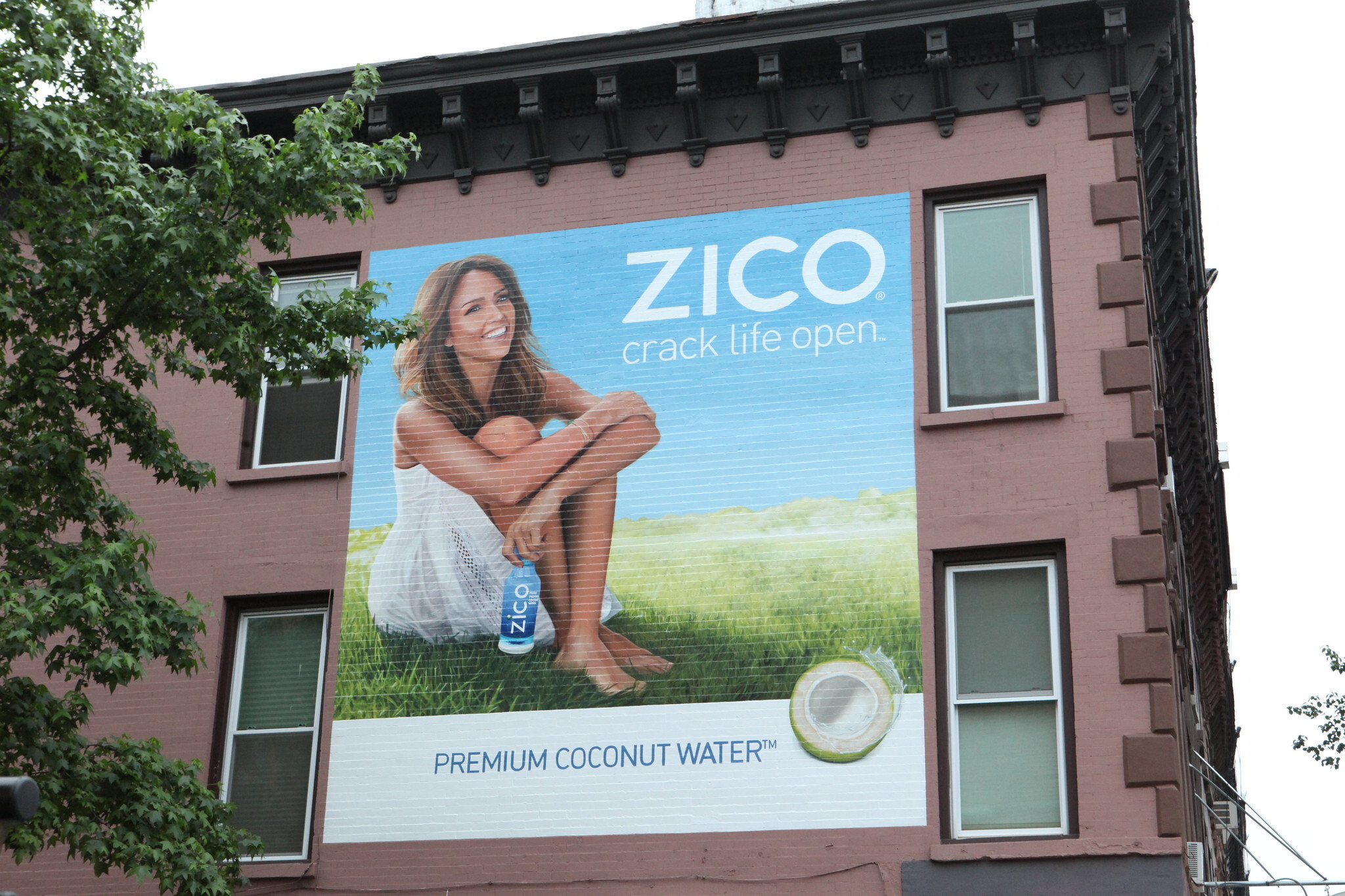Shankar Bhandalkar & Roshan Deshmukh, Coconut Products Market by Type, Application and Form: Global Opportunity Analysis and Industry Forecast 2019–2026 (Pune: Allied Market Research, 2019).
Philip Jan Cerepak, “Establishing the Intimate Link: 20th Century Tropical Agriculture and the Establishment of the Coconut Zone,” Journal of Maritime Studies and National Integration 4, no. 1 (2020): 7.
David Harvey, “Globalization and the ‘Spatial Fix,’” Geographische Revue: Zeitschrift für Literatur und Diskussion 3, no. 2 (2001): 24–25.
Cerepak, “Establishing the Intimate Link,” 3.
See: Stella Ama Ennin et al., “Food crop intercropping alternatives for replanting coconut farms destroyed by lethal yellowing disease,” Journal of Food, Agriculture & Environment 7, nos. 3–4 (2009): 582–587; Everest Amponsah, “The Vulnerability of Small-Scale Farmers in the Value Chain of Agricultural Commodities: A Case Study of Coconut Chain in Ghana” (Master’s thesis, Erasmus University, 2010), 17–18.
Amponsah, “The Vulnerability of Small-Scale Farmers in the Value Chain of Agricultural Commodities,” 67.
Lord Kweku Sekyi, “Young People Venturing Into Coconut Business Good For Economy,” Modern Ghana, September 20, 2020, ➝.
Laura Manjarrez Nevárez et al., “Biopolymers-based nanocomposites: Membranes from propionated lignin and cellulose for water purification,” Carbohydrate Polymers 86, no. 2 (2011): 732.
Joe Nkansah-Poku et al., “The history and epidemiology of Cape St Paul wilt disease of coconut in Ghana,” Journal of the Ghana Science Association 1, no. 2 (1999): 32–42.
Coastal Resources Center/Friends of the Nation, Report on Characterization of Coastal Communities and Shoreline Environments in the Western Region of Ghana: Integrated Coastal and Fisheries Governance Initiative for the Western Region of Ghana (Kingston: University of Rhode Island Coastal Resources Center, 2010), 244.
Name has been changed to protect coconut trader’s identity.
Martin Snijder et al., Coir Based Building and Packaging Materials: Final Report of Project CFC/FIGHF/11 (Wageningen: Wageningen UR, Agrotechnology & Food Innovations, 2006).
See: Mae-ling Lokko et al., “Development of Affordable Building Materials Using Agricultural Waste By-Products and Emerging Pith, Soy and Mycelium Biobinders,” in 32nd International Conference on Passive and Low Energy Architecture Proceedings, eds. Pablo La Roche and Marc Schiler (Los Angeles: PLEA, 2016), 884–886; Jan E.G. van Dam et al., “Production process for high density high performance binderless boards from whole coconut husk,” Industrial Crops and Products 20, no. 1 (2004): 98–99.
